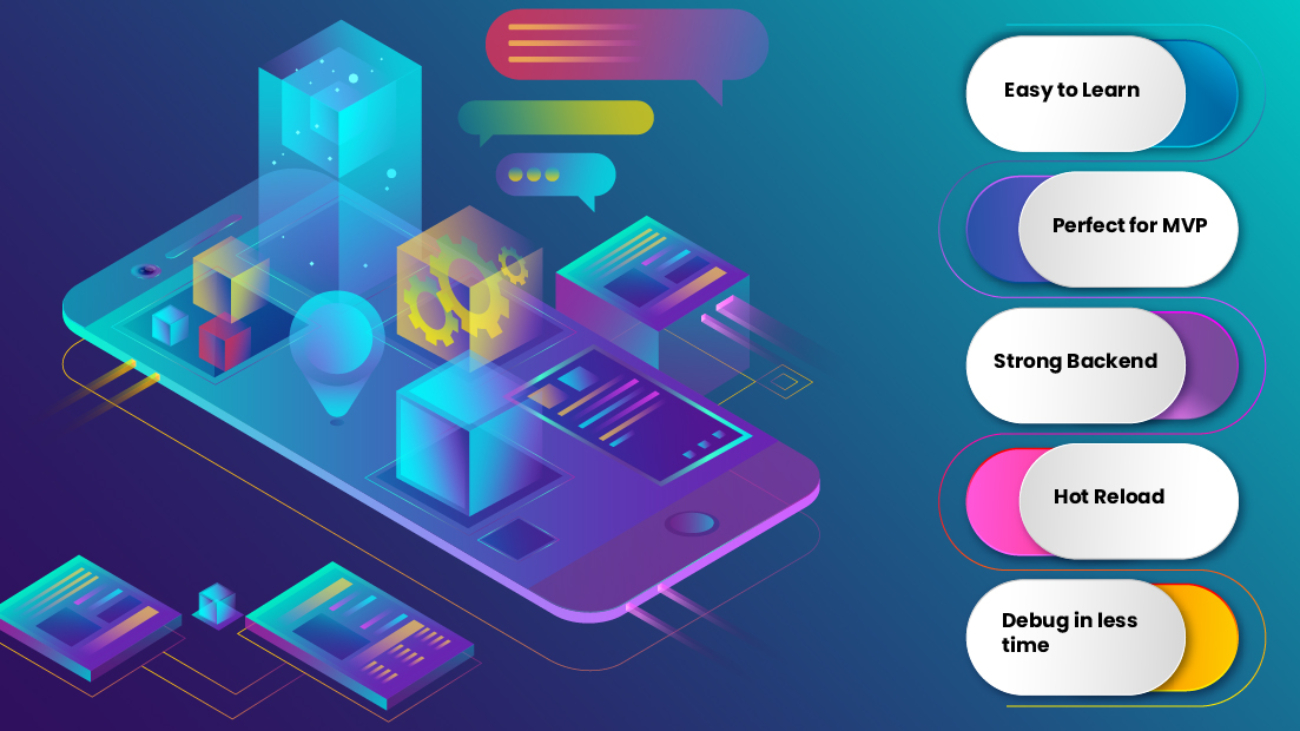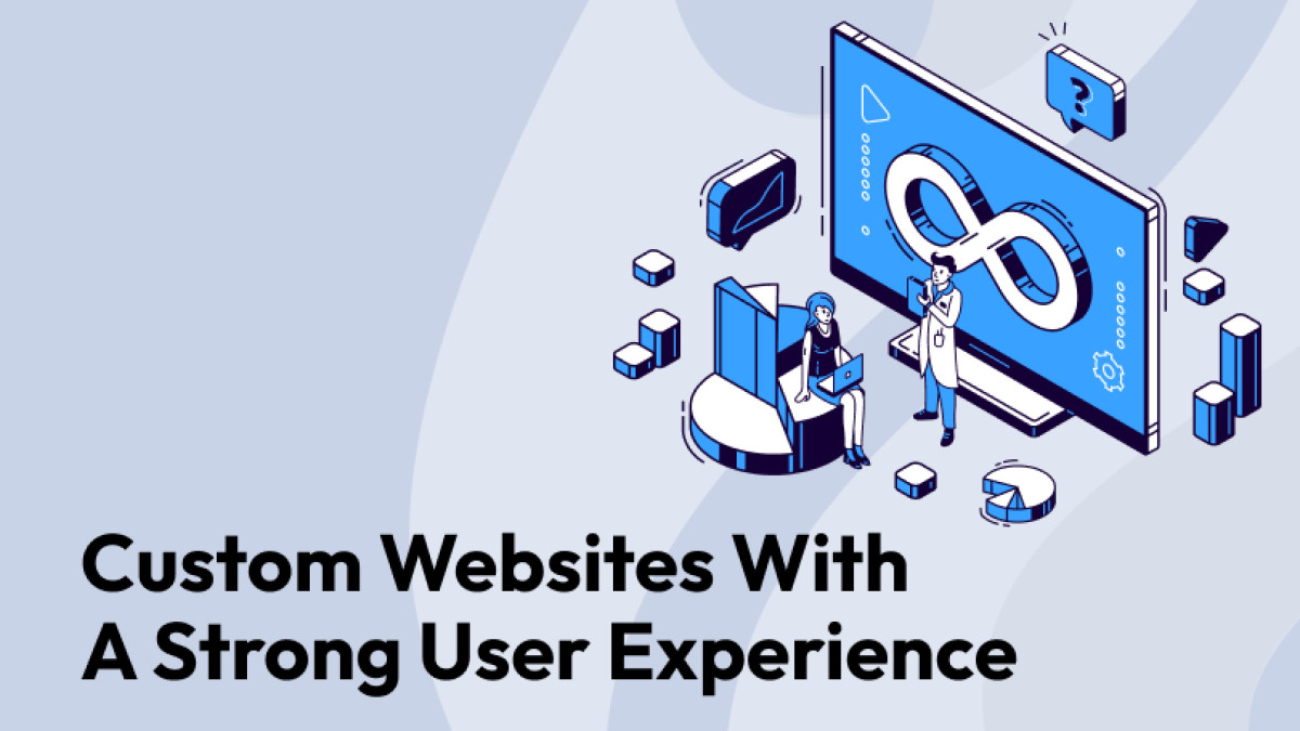Table of Contents
- Introduction to Enterprise Mobile App Development
- Importance of Enterprise Mobile Apps
- Key Strategies for Enterprise Mobile App Development
- a. Identifying Business Objectives
- b. Choosing the Right Development Approach (Native, Hybrid, or Web)
- c. Prioritizing Security and Compliance
- d. Focusing on User Experience (UX) and User Interface (UI)
- e. Integrating with Existing Enterprise Systems
- f. Scalability and Performance Considerations
- Technologies and Tools in Enterprise Mobile App Development
- a. Popular Frameworks and Languages (Swift, Kotlin, React Native, etc.)
- b. Backend Technologies (APIs, Microservices, Cloud Solutions)
- c. Security Tools and Technologies
- d. Testing Tools and Continuous Integration/Continuous Deployment (CI/CD)
- Tips for Successful Enterprise Mobile App Development
- a. Agile Development and Iterative Approach
- b. Employee and Stakeholder Involvement
- c. Proper Documentation and Training
- d. Regular Updates and Maintenance
- Challenges in Enterprise Mobile App Development
- a. Security Risks and Data Privacy Concerns
- b. Device and OS Fragmentation
- c. Integration with Legacy Systems
- d. Ensuring App Performance and Reliability
- Case Studies and Examples of Successful Enterprise Mobile Apps
- a. GE’s Predix Mobile App
- b. Salesforce Mobile App
- c. IBM’s Watson Mobile App
- Future Trends in Enterprise Mobile App Development
- a. AI and Machine Learning Integration
- b. 5G and IoT Enhancements
- c. Augmented Reality (AR) and Virtual Reality (VR)
- d. Increased Focus on Employee Experience (EX)
- Conclusion
1. Introduction to Enterprise Mobile App Development
Enterprise mobile app development is a critical aspect of modern business strategy. As organizations continue to embrace digital transformation, the demand for mobile solutions that cater to enterprise needs has grown exponentially. These apps serve various purposes, including enhancing employee productivity, improving customer engagement, streamlining operations, and providing real-time access to critical business data.
Unlike consumer apps, enterprise mobile apps are tailored to meet specific business requirements. They often integrate with existing enterprise systems, such as Enterprise Resource Planning (ERP), Customer Relationship Management (CRM), and Human Resource Management Systems (HRMS), providing seamless access to company resources and data.
2. Importance of Enterprise Mobile Apps
Enterprise mobile apps are not just tools for convenience; they are strategic assets that can significantly impact an organization’s efficiency and bottom line. Here are some key reasons why enterprise mobile apps are essential:
- Enhanced Productivity: By providing employees with access to tools and data on the go, enterprise mobile apps can dramatically increase productivity. Employees can complete tasks, communicate with colleagues, and access information from anywhere, at any time.
- Improved Communication: Mobile apps facilitate better communication within the organization, enabling real-time collaboration between teams, departments, and remote employees.
- Data-Driven Decision Making: Enterprise mobile apps provide real-time access to critical business data, allowing managers and executives to make informed decisions quickly.
- Customer Engagement: Mobile apps can be used to improve customer engagement by providing personalized experiences, timely notifications, and seamless access to services.
- Streamlined Operations: Mobile apps can automate and streamline various business processes, reducing the time and effort required to complete tasks and improving overall efficiency.
3. Key Strategies for Enterprise Mobile App Development
Developing a successful enterprise mobile app requires careful planning and execution. Here are some key strategies to consider:
a. Identifying Business Objectives
Before diving into the development process, it’s essential to clearly define the business objectives that the app aims to achieve. Understanding the specific problems the app will solve, the target audience, and the desired outcomes will guide the development process and ensure that the app aligns with the organization’s goals.
b. Choosing the Right Development Approach (Native, Hybrid, or Web)
One of the first decisions to make in enterprise mobile app development is selecting the appropriate development approach:
- Native Apps: Developed specifically for a particular platform (iOS or Android), native apps offer the best performance, access to device features, and user experience. However, they require separate codebases for each platform, which can increase development time and cost.
- Hybrid Apps: Built using web technologies (HTML, CSS, JavaScript) and wrapped in a native container, hybrid apps can run on multiple platforms with a single codebase. While they offer cost savings and faster development, they may not perform as well as native apps.
- Web Apps: These are mobile-optimized websites that function like apps but run in a browser. Web apps are platform-independent and easy to update but may have limited access to device features and offer a less immersive user experience.
The choice of approach depends on factors such as budget, timeline, performance requirements, and the need for platform-specific features.
c. Prioritizing Security and Compliance
Security is a top priority in enterprise mobile app development. Organizations must ensure that their apps comply with industry regulations and standards, such as GDPR, HIPAA, and PCI DSS, depending on the nature of the data being handled.
Key security considerations include:
- Data Encryption: Encrypt sensitive data both in transit and at rest to protect it from unauthorized access.
- Authentication and Authorization: Implement strong authentication mechanisms, such as multi-factor authentication (MFA), and ensure that users only have access to the data and features relevant to their roles.
- Secure APIs: Use secure APIs to prevent data breaches and unauthorized access to backend systems.
- Regular Security Audits: Conduct regular security audits and vulnerability assessments to identify and address potential security risks.
d. Focusing on User Experience (UX) and User Interface (UI)
A well-designed user experience (UX) and user interface (UI) are crucial for the success of an enterprise mobile app. The app should be intuitive, easy to navigate, and visually appealing to ensure that users can quickly and efficiently complete tasks.
Key UX/UI considerations include:
- Consistency: Maintain consistency in design elements, such as buttons, fonts, and colors, to provide a cohesive user experience.
- Accessibility: Ensure that the app is accessible to all users, including those with disabilities, by adhering to accessibility guidelines and standards.
- Performance: Optimize the app’s performance to ensure quick load times and smooth interactions, even on lower-end devices.
- Feedback and Testing: Involve users in the design process through feedback and usability testing to identify and address any issues before the app is launched.
e. Integrating with Existing Enterprise Systems
Enterprise mobile apps often need to integrate with existing systems, such as ERP, CRM, and HRMS, to provide a seamless experience for users. Integration challenges can arise when dealing with legacy systems, so it’s essential to plan for these challenges early in the development process.
Key integration considerations include:
- API Development: Develop robust APIs to facilitate communication between the mobile app and backend systems.
- Data Synchronization: Ensure that data is synchronized in real-time between the app and other systems to provide accurate and up-to-date information to users.
- Scalability: Design the app’s architecture to handle increased data and user load as the organization grows.
f. Scalability and Performance Considerations
As organizations grow, their enterprise mobile apps must be able to scale to accommodate increased usage and data. Scalability and performance considerations should be built into the app’s architecture from the outset.
Key scalability and performance considerations include:
- Cloud-Based Solutions: Leverage cloud-based services to provide scalable infrastructure that can grow with the organization’s needs.
- Load Balancing: Implement load balancing to distribute traffic evenly across servers and prevent bottlenecks.
- Caching: Use caching mechanisms to store frequently accessed data locally, reducing the need for constant communication with the backend.
- Regular Performance Testing: Conduct regular performance testing to identify and address any issues that could impact the app’s speed and responsiveness.
4. Technologies and Tools in Enterprise Mobile App Development
The right technologies and tools can make a significant difference in the success of an enterprise mobile app. Here are some of the most popular technologies and tools used in enterprise mobile app development:
a. Popular Frameworks and Languages
- Swift (iOS): Swift is Apple’s programming language for iOS app development. It’s known for its performance, safety features, and ease of use.
- Kotlin (Android): Kotlin is Google’s preferred language for Android app development. It’s fully interoperable with Java and offers modern features for developing robust Android apps.
- React Native: React Native is a popular framework for building cross-platform apps using a single codebase. It allows developers to write code in JavaScript and deploy it on both iOS and Android.
- Flutter: Flutter, developed by Google, is another popular framework for building cross-platform apps. It uses the Dart language and provides a rich set of pre-designed widgets for building responsive UIs.
- Xamarin: Xamarin, now part of Microsoft’s .NET platform, allows developers to build native apps for iOS, Android, and Windows using C#. It provides access to native APIs and performance optimization.
b. Backend Technologies
- APIs: Application Programming Interfaces (APIs) are essential for connecting the mobile app to backend systems, databases, and third-party services. RESTful APIs are commonly used in enterprise app development.
- Microservices: Microservices architecture allows developers to break down the app’s functionality into smaller, independent services that can be developed, deployed, and scaled separately.
- Cloud Solutions: Cloud platforms like AWS, Azure, and Google Cloud offer scalable infrastructure, data storage, and other services that are essential for enterprise mobile apps.
c. Security Tools and Technologies
- Mobile Device Management (MDM): MDM solutions help organizations manage and secure mobile devices used by employees. They can enforce security policies, manage app distribution, and remotely wipe devices if needed.
- Encryption Tools: Tools like SSL/TLS for data encryption in transit and AES for data encryption at rest are critical for securing sensitive information.
- Authentication Tools: Implementing authentication tools like OAuth, OpenID Connect, and SAML ensures secure access to the app and its resources.
d. Testing Tools and CI/CD
- Automated Testing Tools: Tools like Appium, Espresso, and XCUITest allow developers to automate the testing process, ensuring that the app works as expected across different devices and operating systems.
- CI/CD Pipelines: Continuous Integration/Continuous Deployment (CI/CD) pipelines, using tools like Jenkins, CircleCI, and GitLab CI, help automate the development, testing, and deployment process, allowing for faster and more reliable releases.
5. Tips for Successful Enterprise Mobile App Development
Developing an enterprise mobile app requires careful planning and execution. Here are some tips to ensure success:
a. Agile Development and Iterative Approach
Adopt an agile development methodology to allow for flexibility and iterative improvements throughout the development process. Regular sprints, continuous feedback, and the ability to pivot when necessary are key components of successful enterprise mobile app development.
b. Employee and Stakeholder Involvement
Involve employees and stakeholders in the development process to ensure that the app meets their needs and expectations. Conduct regular meetings, gather feedback, and make adjustments based on their input.
c. Proper Documentation and Training
Provide comprehensive documentation and training for both users and developers. This ensures that users can fully utilize the app’s features and that developers can maintain and update the app effectively.
d. Regular Updates and Maintenance
Enterprise mobile apps require regular updates and maintenance to ensure that they remain secure, perform well, and meet the evolving needs of the organization. Plan for ongoing support and updates as part of the development process.
6. Challenges in Enterprise Mobile App Development
Enterprise mobile app development comes with its own set of challenges. Here are some of the most common challenges and how to address them:
a. Security Risks and Data Privacy Concerns
Security is a top priority for enterprise mobile apps, as they often handle sensitive business data. Addressing security risks requires a comprehensive approach, including encryption, secure authentication, and regular security audits.
b. Device and OS Fragmentation
With a wide range of devices and operating systems in use, ensuring that the app works seamlessly across all platforms can be challenging. Regular testing and the use of cross-platform development tools can help mitigate this issue.
c. Integration with Legacy Systems
Integrating the mobile app with existing legacy systems can be complex and time-consuming. Planning for integration early in the development process and using APIs and middleware can help streamline this process.
d. Ensuring App Performance and Reliability
Enterprise mobile apps must be reliable and perform well under various conditions. Regular performance testing, optimization, and the use of scalable infrastructure are essential to meet these requirements.
7. Case Studies and Examples of Successful Enterprise Mobile Apps
a. GE’s Predix Mobile App
General Electric (GE) developed the Predix mobile app to provide real-time monitoring and analytics for industrial assets. The app allows field engineers to access critical data, perform diagnostics, and receive alerts, improving the efficiency and reliability of industrial operations.
b. Salesforce Mobile App
Salesforce’s mobile app enables sales and marketing professionals to access customer data, track leads, and manage sales pipelines on the go. The app integrates seamlessly with Salesforce’s CRM platform, providing a unified experience across devices.
c. IBM’s Watson Mobile App
IBM’s Watson mobile app leverages artificial intelligence and machine learning to provide insights and recommendations to users. The app is used in various industries, including healthcare, finance, and retail, to enhance decision-making and improve operational efficiency.
8. Future Trends in Enterprise Mobile App Development
The landscape of enterprise mobile app development is constantly evolving. Here are some future trends to watch:
a. AI and Machine Learning Integration
AI and machine learning are becoming increasingly important in enterprise mobile apps. These technologies can be used to automate tasks, provide predictive analytics, and enhance user experiences.
b. 5G and IoT Enhancements
The rollout of 5G networks and the growth of the Internet of Things (IoT) will enable new use cases for enterprise mobile apps, such as real-time data processing, remote monitoring, and enhanced connectivity.
c. Augmented Reality (AR) and Virtual Reality (VR)
AR and VR are gaining traction in enterprise applications, particularly in training, remote collaboration, and product visualization. These technologies can provide immersive experiences that enhance productivity and engagement.
d. Increased Focus on Employee Experience (EX)
As organizations recognize the importance of employee satisfaction, there will be a greater focus on designing enterprise mobile apps that prioritize the employee experience. This includes personalized interfaces, intuitive navigation, and tools that support work-life balance.
9. Conclusion
Enterprise mobile app development is a complex but rewarding process that can significantly enhance an organization’s operations, productivity, and customer engagement. By following best practices, leveraging the right technologies, and staying ahead of emerging trends, businesses can create mobile apps that drive success and provide a competitive advantage in the marketplace.










